
1
Continuing With Windows
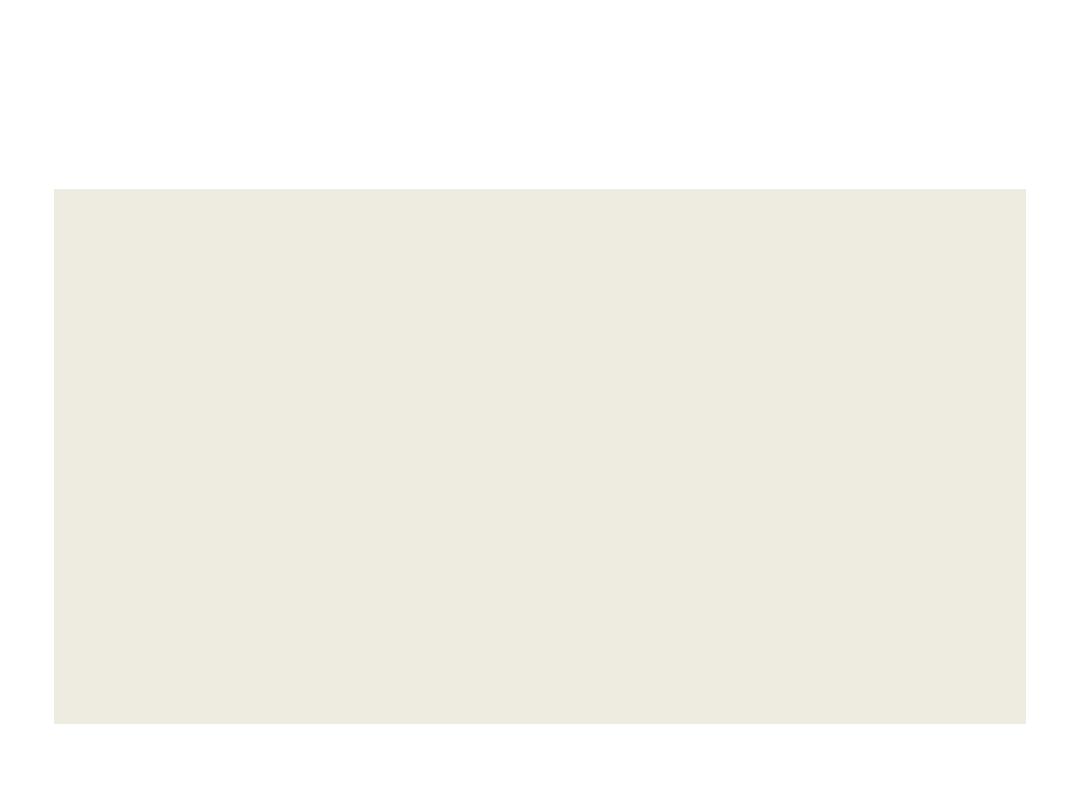
Desktop Components
• Notification area-shows the notification icons, the current
date and time and lets you set the clock and generally located
in the lower right corner of the desktop
.
• Recycle Bin icon-contains files and folders that you delete.
The deleted files are not gone until you empty the Recycle
bin.
• My Computer (This PC in Win 10): My Computer allows the
user to explore the contents of their computer drives as well
as manage their computer files
3
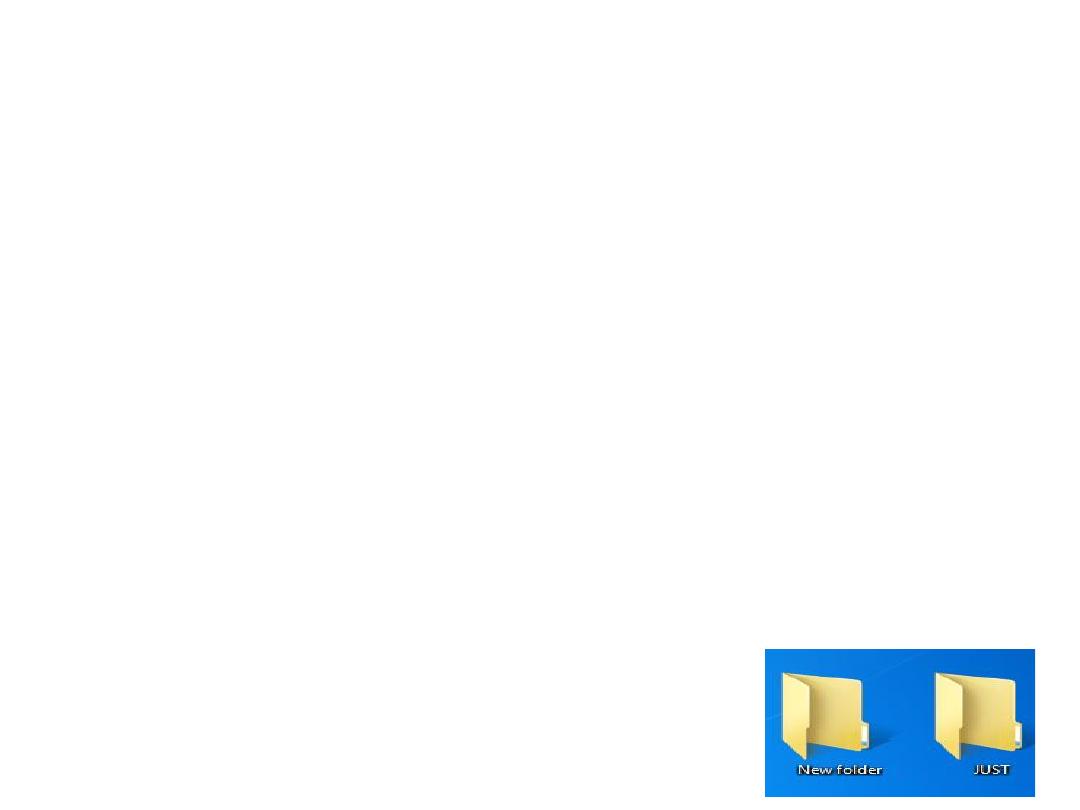
Icons Types
❖Icons can be classifies as the following
• Folder Icons
• File icons
• Shortcut icons
4
❖Folder Icons
”Directories”: store files and other
folders. They are used to organize files on computer.
The folders themselves take up virtually no space on
the hard drive.
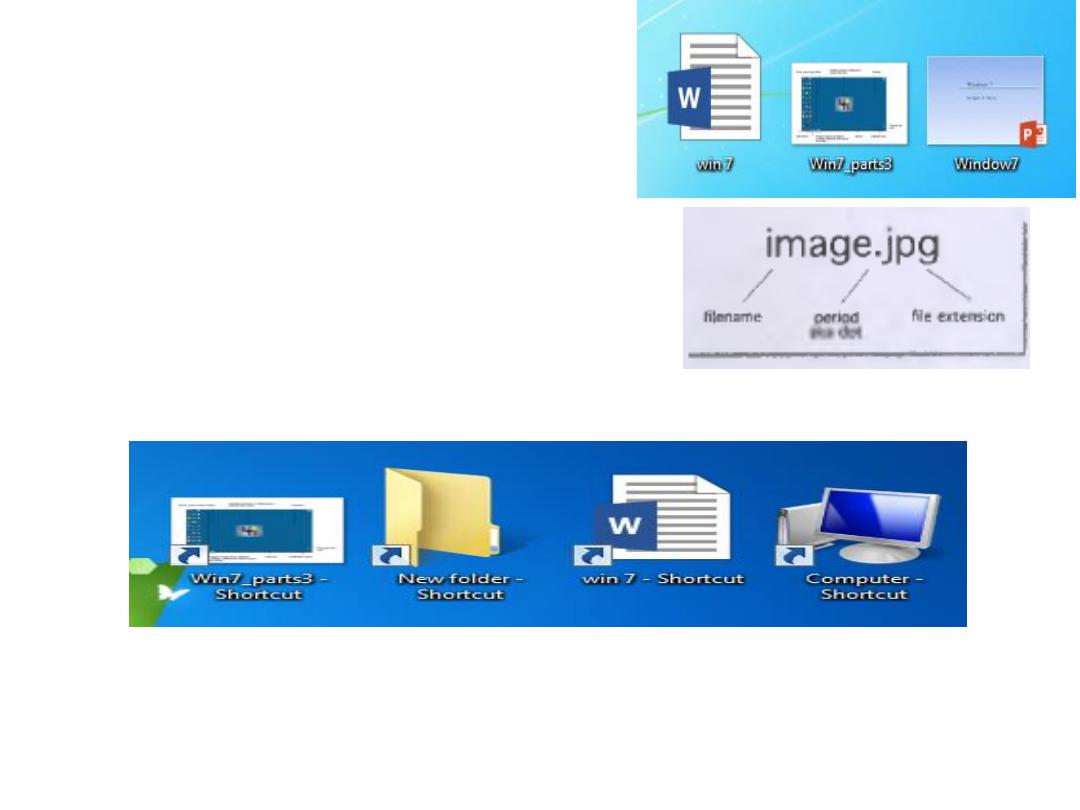
• File icons:
a collection of data
stored in one unit, identified by a
filename. They can be documents,
programs, libraries, and other
compilations of data.
• File name consists of two part:-
name and extension
5
• Shortcut icons:
a link that points to a program on the computer.
Shortcuts allow users to create links to their programs in any folder,
Start bar, Taskbar, Desktop or other locations on their computer.
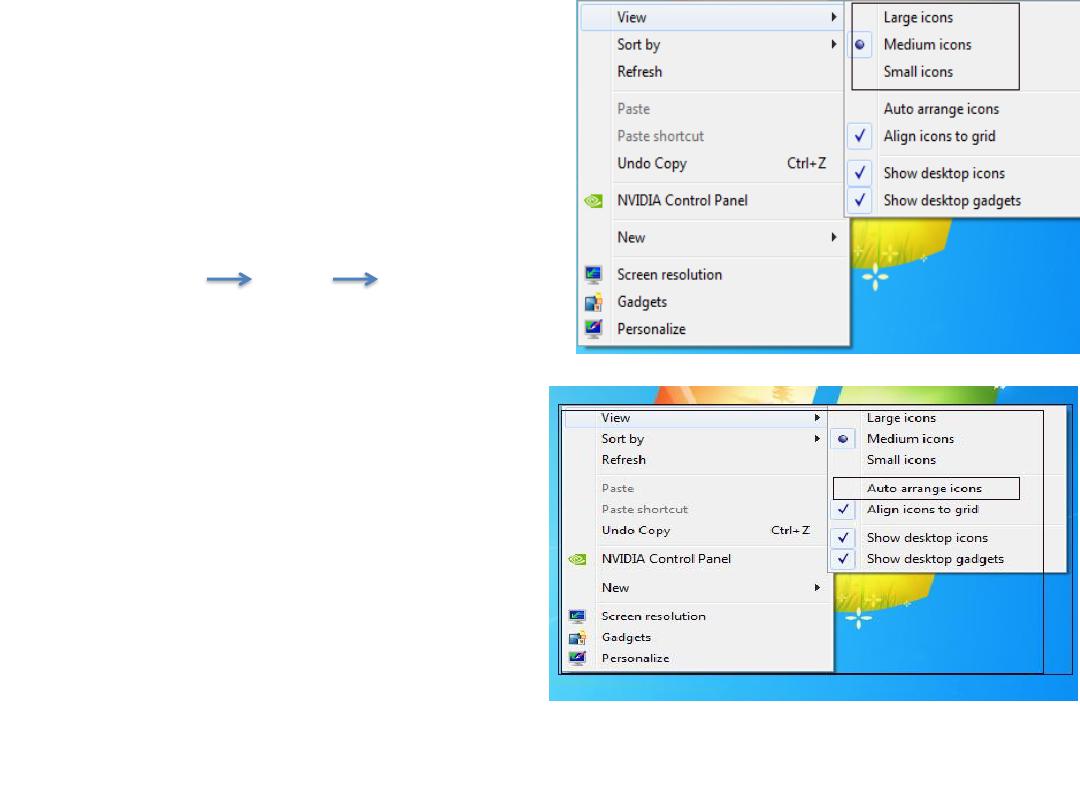
• Change Icon size
1- Right Click on the desktop
2- Click View
3- Show the required size
Right Click View Large
icons
6
• Auto Arrange Icon
1 - Right Click on the desktop
2- Click View
3- Check to see if Auto Arrange
has a check mark
4- If it does uncheck it
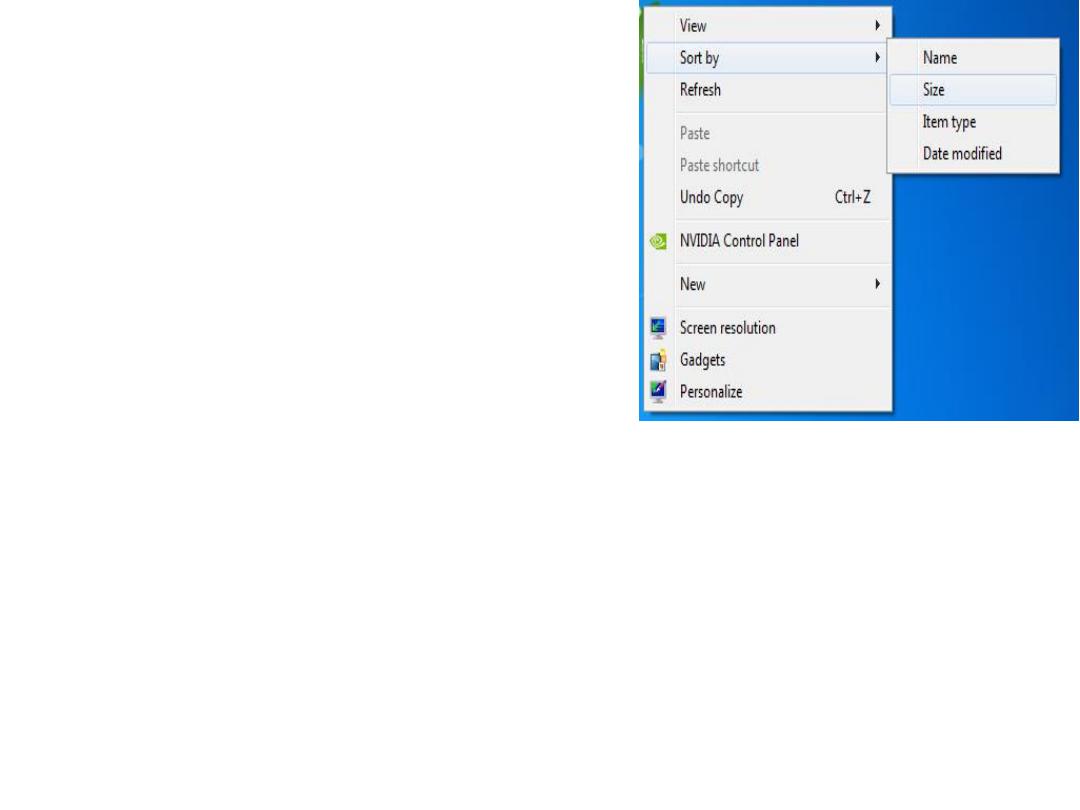
• Arrange Icons On the Desktop
1 - Right Click on the desktop
2- Click Sort by
3- Select one of the 4 options to arrange icons from
sub-menu
7
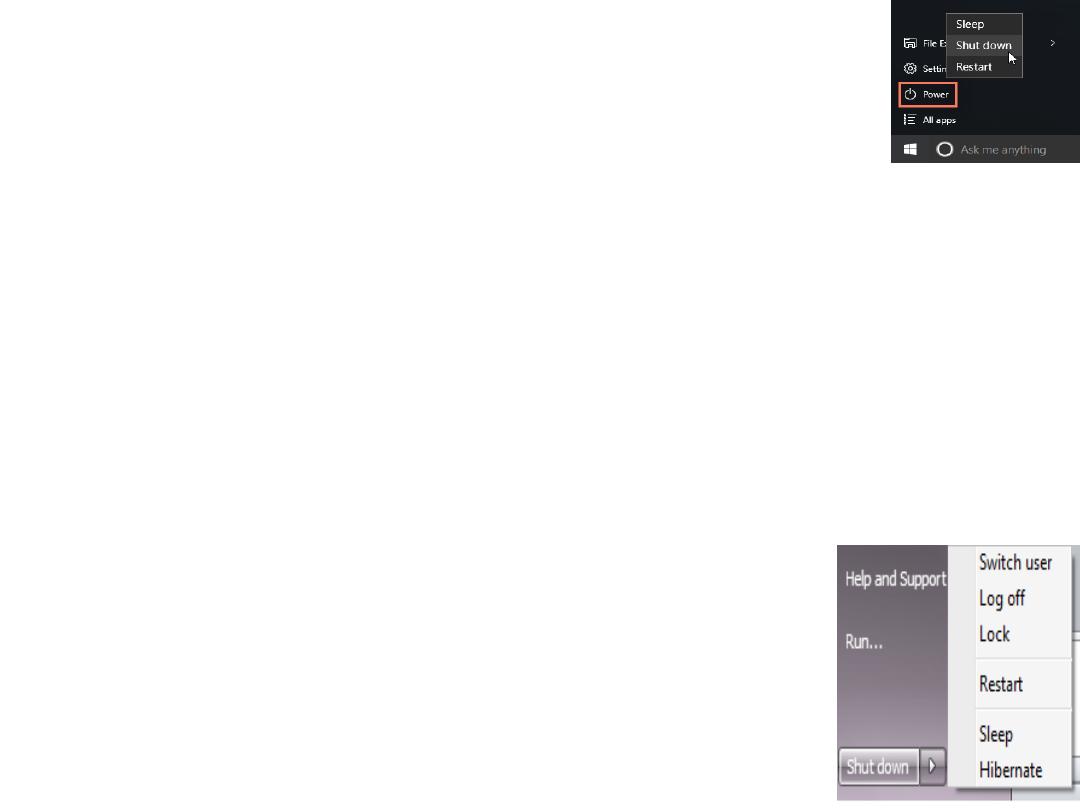
• Shutting Down the computer
– Click the Shut down button to turn off the computer.
– Switch user
: easy way for another person to log on to the computer without
logging you off or closing your programs and files.
– Log off:
When you log off from Windows, all of the programs you were using are
closed, but the computer is not turned off.
– Lock:
You'll have to enter your password when you come back, which helps keep
your work more secure.
– Restart:
The Restart button "reboots" your computer (it is sometimes called a
"warm boot" or "soft boot.") That means it saves your information to the hard
drive, turns off the computer for a moment, and then turns it back on again.
– Sleep:
puts computer in a low-power state, but doesn't turn it off.
8
– Hibernate:
is almost the same thing as fully shutting down
your PC, except it saves your place in Windows to resume
the next time you turn it on. Instead of saving to your RAM
like sleep mode, it saves straight to your hard drive so that
there's no chance of losing anything.
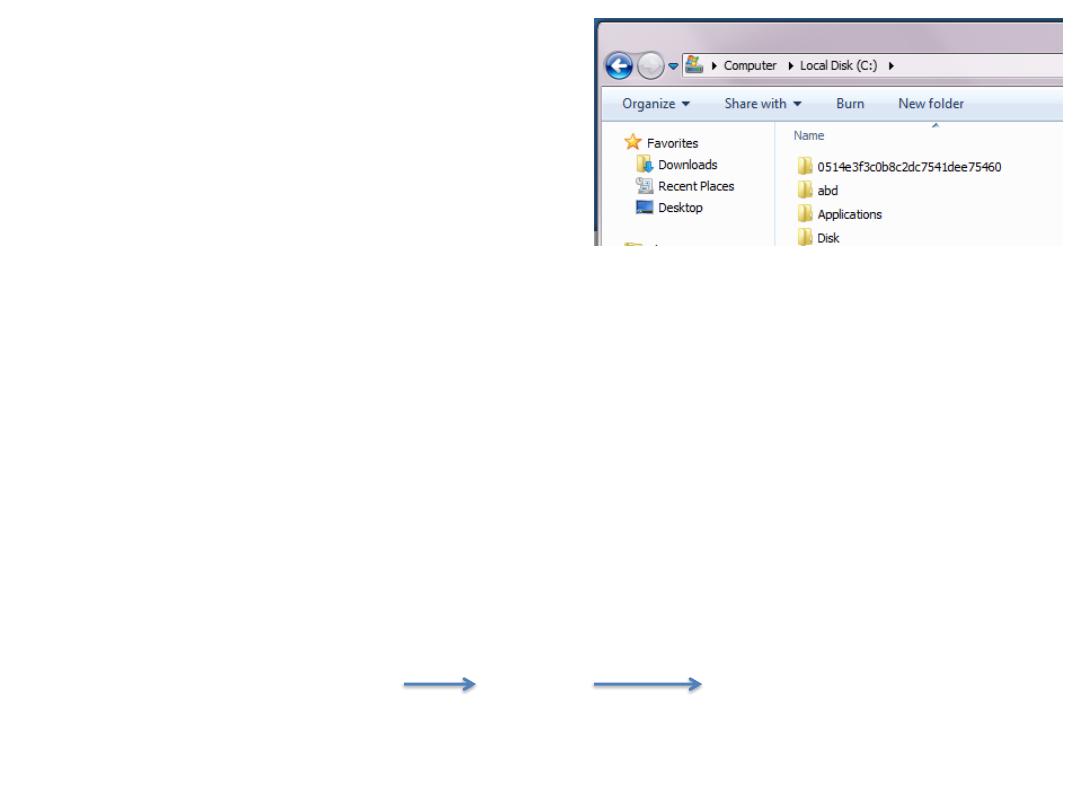
Create a Folder
• Open the drive (C: or D: or E:...) where you want to create a folder.
• Click on (New folder) option in the toolbar of the open window.
• With the New Folder name selected, type a new name. (
the default
name for folders is New Folder
)
• Press Enter.
Tips
: Right-click a blank area on the desktop or in the folder window,
point to New, and then click Folder
Right click New Folder
9

Copying
When you copy an item, the original item remains in its original location— plus you
have the new copy.
– Open the location that contains the file you want to copy.
– Click the Organize button on the toolbar, and then click copy.
– Display the destination folder where you want to move the files or folder.
– Click the Organize button on the toolbar, and then click past
Tips1:
You can also press and hold the left or right-mouse button and then drag the
file to the new location.
Tips2:
• Right-click the file, and then click Copy.
• Open the location where you want to store the copy.
• Right-click an empty space within the location, and then click Paste.
Tips3:
Another way to copy and paste files is to use the keyboard shortcuts Ctrl+C /
(Copy) and Ctrl+V (Paste).
Moving (cut)
• Moving is the cuts the item from its previous location and places it in a new
location. You can use the same as in the copy options.
10

Control Panel
Working with Control Panel
• Open Control Panel by clicking the
Start button , and then clicking
Control Panel
.
11
Control Panel:
Collection of tools and utilities within
Windows, where most system- and
hardware-level installation and
configuration take place
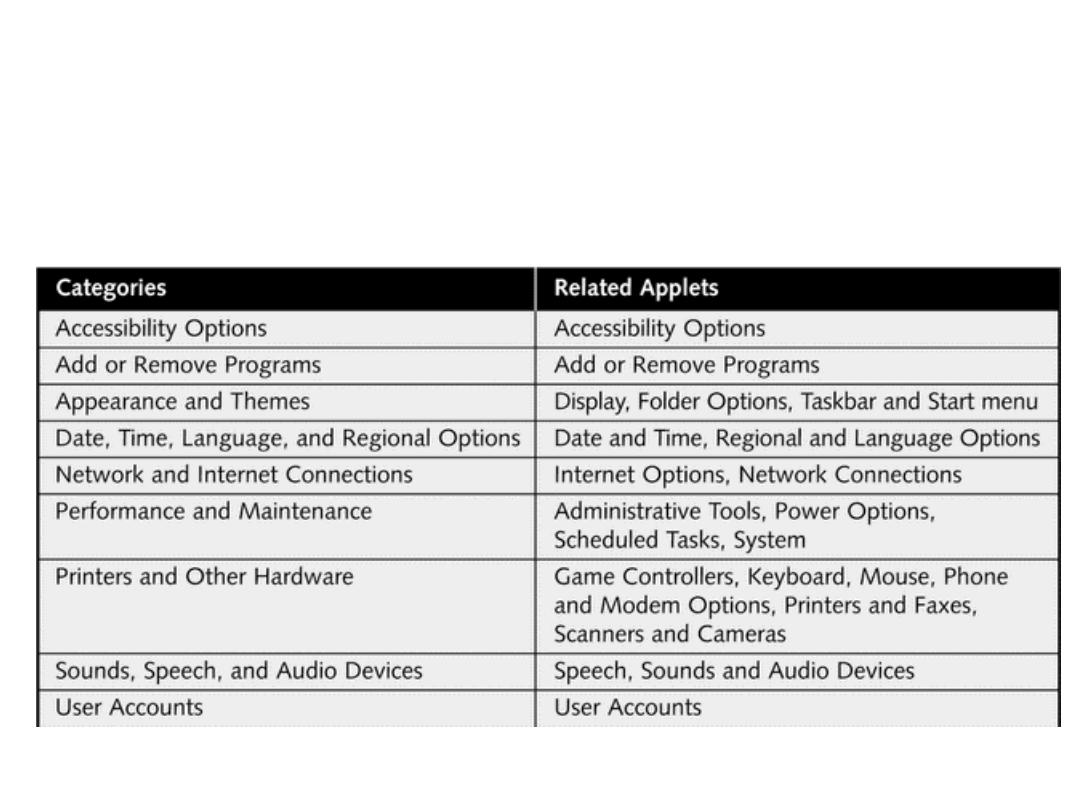
• You can display Control Panel screen with
different view types as follow
12
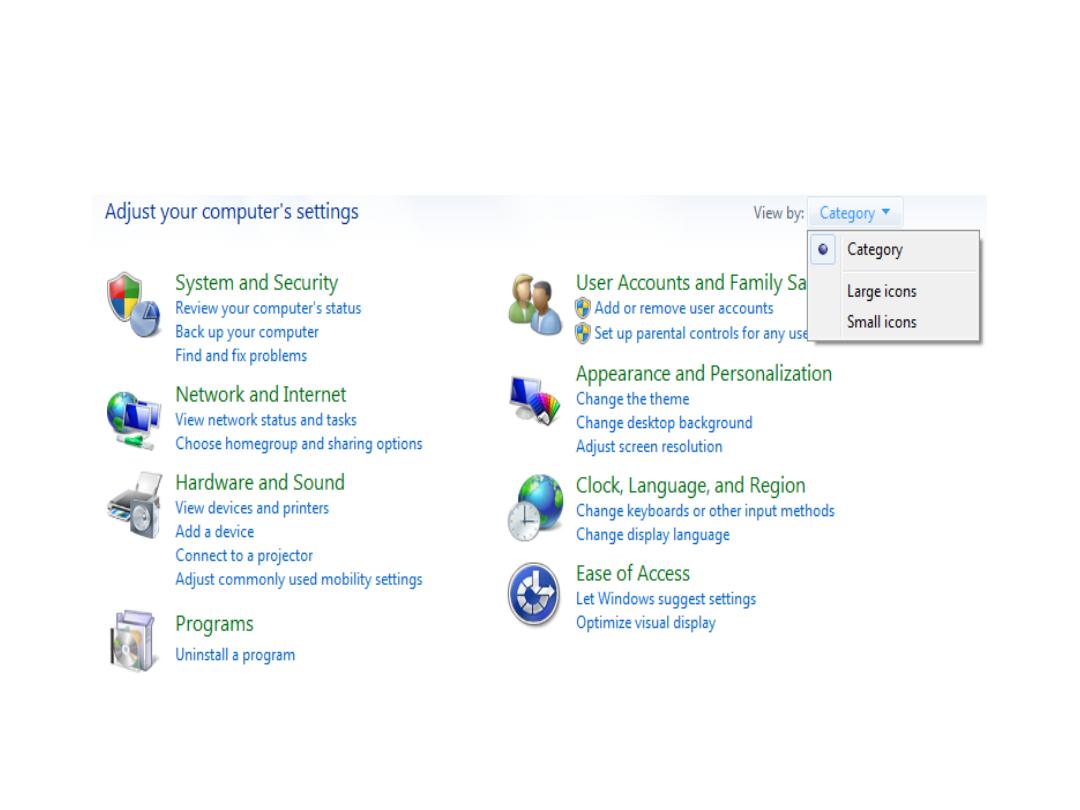
Category view “By default”
13
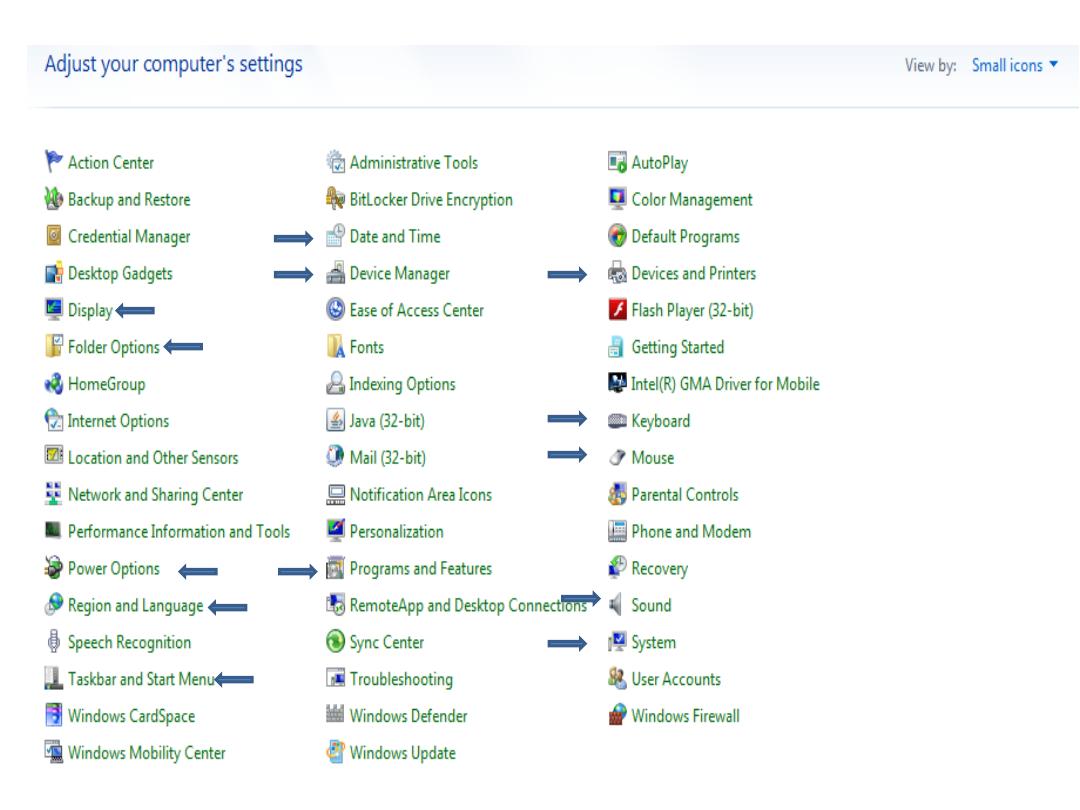
14
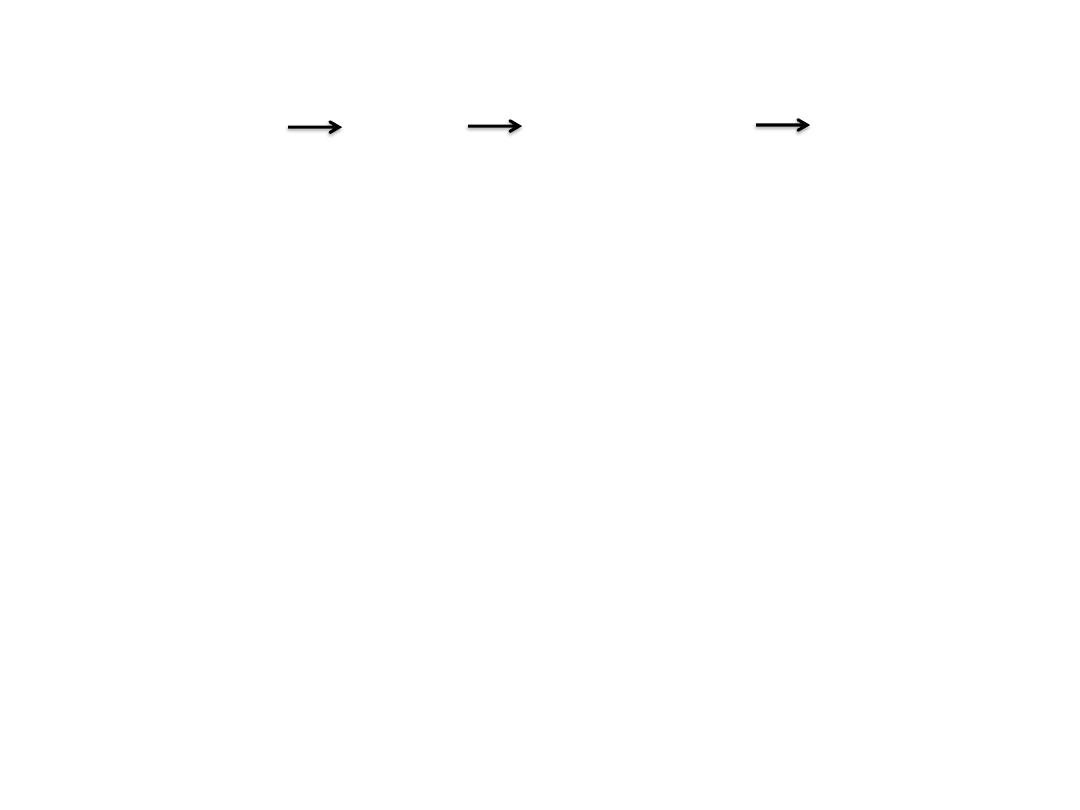
Change screen saver
To change a screen saver
• 1. Open Screen Saver Settings from Control Panel, clicking Appearance
and Personalization, clicking Personalization, and then clicking Screen
Saver.
• 2. Under Screen saver, in the drop-down list, click the screen saver you
want to use.
• 3. Click Preview to see what your chosen screen saver will look like.
• 4. Click OK.
Tips:
•
To clear a screen saver, move your mouse or press any key.
•
You can change wallpaper and screen saver by right click on the desktop
and then choose personalize
15
How we can change the screen saver?
Control panal Display personalizaion screen saver
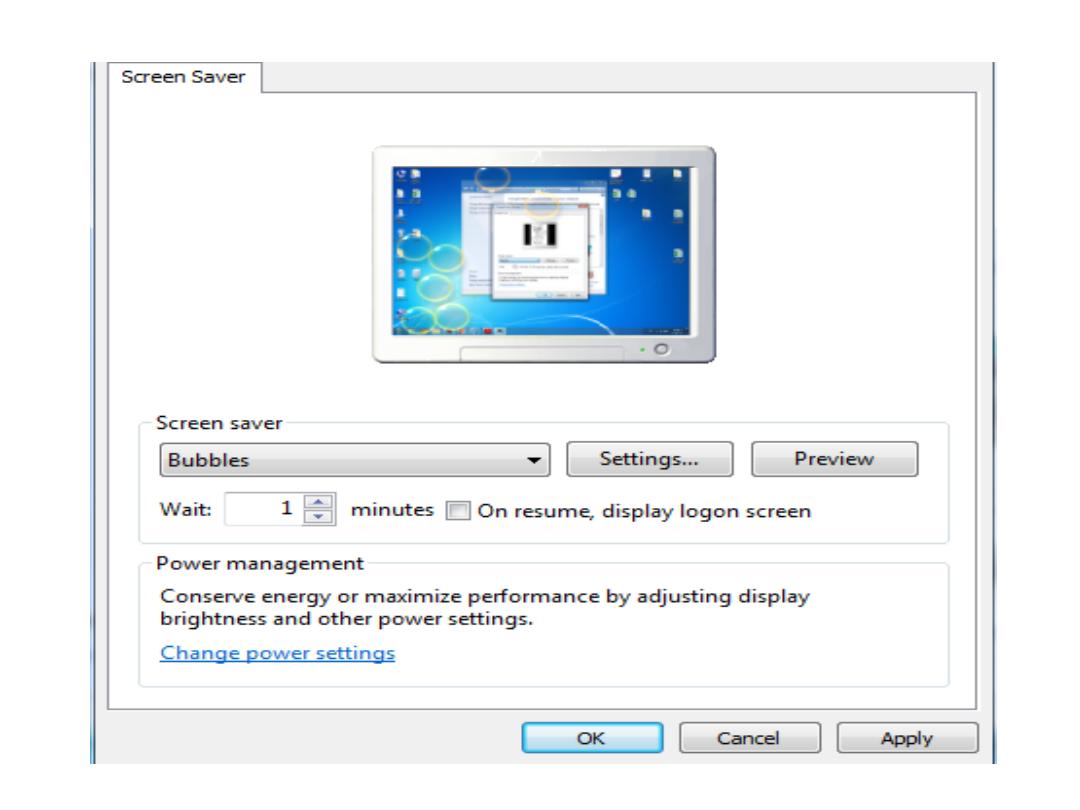
16
